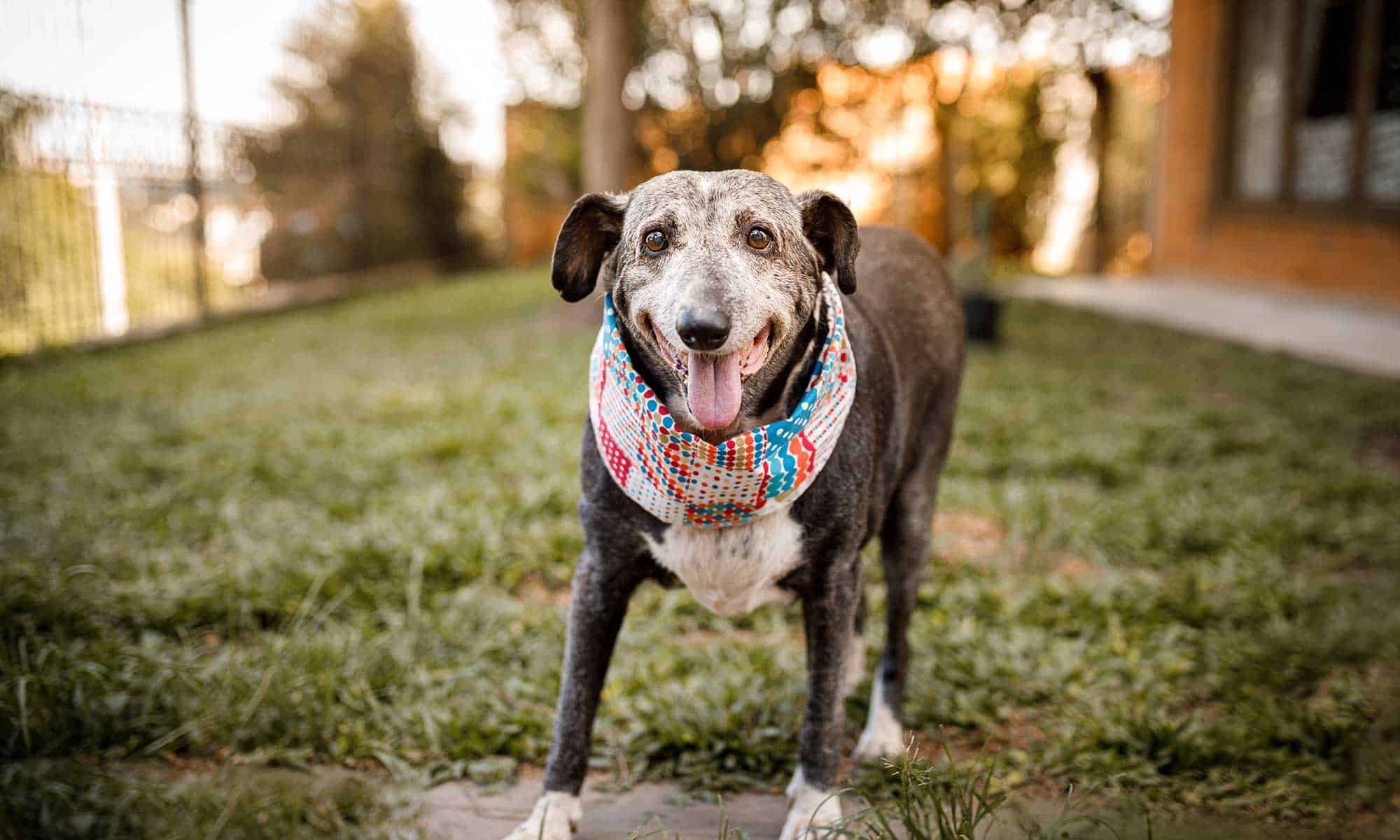Frequently Asked Questions
Any intact female dog or a dog spayed after the 1st or 2nd estrus cycle can be considered at risk for mammary tumors. However, some breeds are at higher risk than others, this includes the smaller breed dogs such as Toy and miniature Poodles, Yorkshire Terriers, Maltese, Dachshunds, but larger dogs such as English Springer Spaniels, Brittany Spaniels, Cocker Spaniels, English Setters, Pointers, and German Shepherds are also at increased risk.
Yes, but the benefit is greatest if the dog is spayed before the first estrus cycle.
Yes, in certain breeds early spaying has been linked to increased risk for other aggressive malignancies including hemangiosarcomas, lymphomas and osteosarcomas. Therefore, owners of at-risk breeds should discuss the benefit and risk of early spaying with their veterinarian. In addition to mammary tumors and unwanted pregnancies, intact female dogs are also at risk for uterine diseases including pyometra.
No, approximately 50 % of all mammary tumors are malignant. However, surgical excision is the best and most accurate way of diagnosis these tumors and the histopathology can help predict the prognosis in dogs with malignant tumors. Furthermore, removing benign tumors can also be helpful because in a small subset of cases, these benign tumors can transform and become malignant.
No, many dogs, specifically dogs with low grade, small tumors without lymph node involvement are treated effectively with surgical resection and ovariohysterectomy (spaying) alone. This is why early diagnosis and treatment is so important. Furthermore, removing the ovaries eliminates the ovarian production of estrogen which is a driver of mammary tumor development and progression, and therefore an important adjuvant to surgical tumor removal.
Chemotherapy is often offered if a dog has negative prognostic factors associated with its tumor such as large primary tumor, lymph node involvement, high grade, or certain histological subtypes.
The results from studies are very mixed, many do not show significant benefit in terms of preventing recurrence or spread. However, the problem with almost all veterinary studies is that they are small and non-randomized, which makes it difficult to interpret these negative results.
ER testing is possible, and, in our opinion, this can be particularly helpful in selected dogs with mammary tumors. Specifically, our research has shown that dogs with high-risk ER positive tumors benefit significantly from ovariohysterectomy (spaying) compared to dogs with ER negative tumors. Dogs at Lesley’s Place with high-risk ER positive tumors are also offered additional hormonal therapy in the form of an aromatase inhibitor (which is similar to what is done for women with postmenopausal ER positive breast cancer). It is tolerated very well, and we are very pleased to be able to offer such cutting edge medical treatment to these underserved dogs that probably did not receive much medical care before in their life.
-
Exam of mammary glands in a normal dog. In a dog that has been spayed and has not had puppies, the mammary gland is under-developed, and the nipples are small. Mammary tumors are easy to recognize in these dogs and palpate as discrete nodules around the areas of the nipples. Dogs have 4 or 5 pairs of mammary glands, and all glands should be examined regularly between their annual veterinary exam.

Most tumors develop in the caudal glands, but all glands should be examined carefully, especially if the dogs are intact or has been spayed later in life. We find it easier to do the exam while the dog is laying down so the area between her hind legs can be examined and inspected. Most dogs will tolerate this exam from their owner, however, if the dog shows signs of distress of nervousness, it may be better to have your veterinarian perform the exam.
-
Mammary tumors can present themselves in many different sizes or shapes. It is common that a dog has more than one tumor, especially if the dogs is intact or was spayed later in life. Often one tumor is larger, and others may only be palpated and not obvious when just inspecting the
mammary glands:
This dog had multiple tumors involving almost all of her mammary glands. In these dogs we may have to stage the surgery in 2 procedures to be able to remove all tumors without post-surgical complications.


These dogs also had multiple tumors involving both mammary chains. We always map out and measure all of the tumors prior to surgery. The size of the tumor can help predict whether the tumor is benign of malignant, and the risk of malignancy increases with increasing tumor size.


Most dogs with mammary tumors do not exhibit any systemic signs of illness when they are diagnosed. The tumors are confined to the areas along the mammary chain, and are easy to detect with a very simple clinical exam. Dogs do not have abundant breast tissues (unless they are nursing). Therefore, tumors if present, are easily palpable from the surface in the area around the nipple. In contrast to human breast cancer, small nodules/tumors can be detected this way and do not require mammography. Dogs have 4-5 pairs of mammary glands so a total of 8-10 individual glands. Dogs that are at increased risk of mammary tumors because they have not been spayed or were spayed later in life should be monitored regularly for mammary nodules/tumors. Owners of high-risk dogs should learn how to do this themselves in between the routine annual veterinary visits. Early detection and early treatment are crucial for good outcomes in dogs with mammary tumors.

